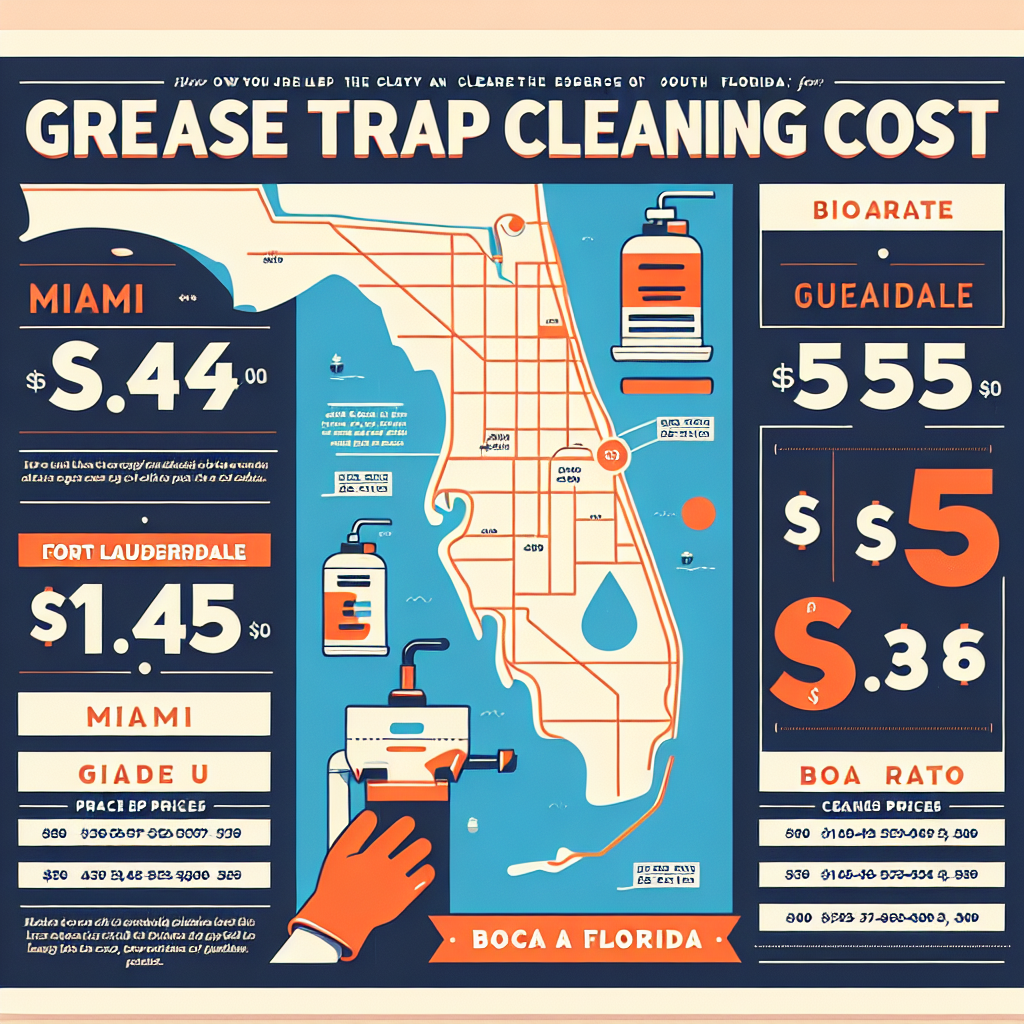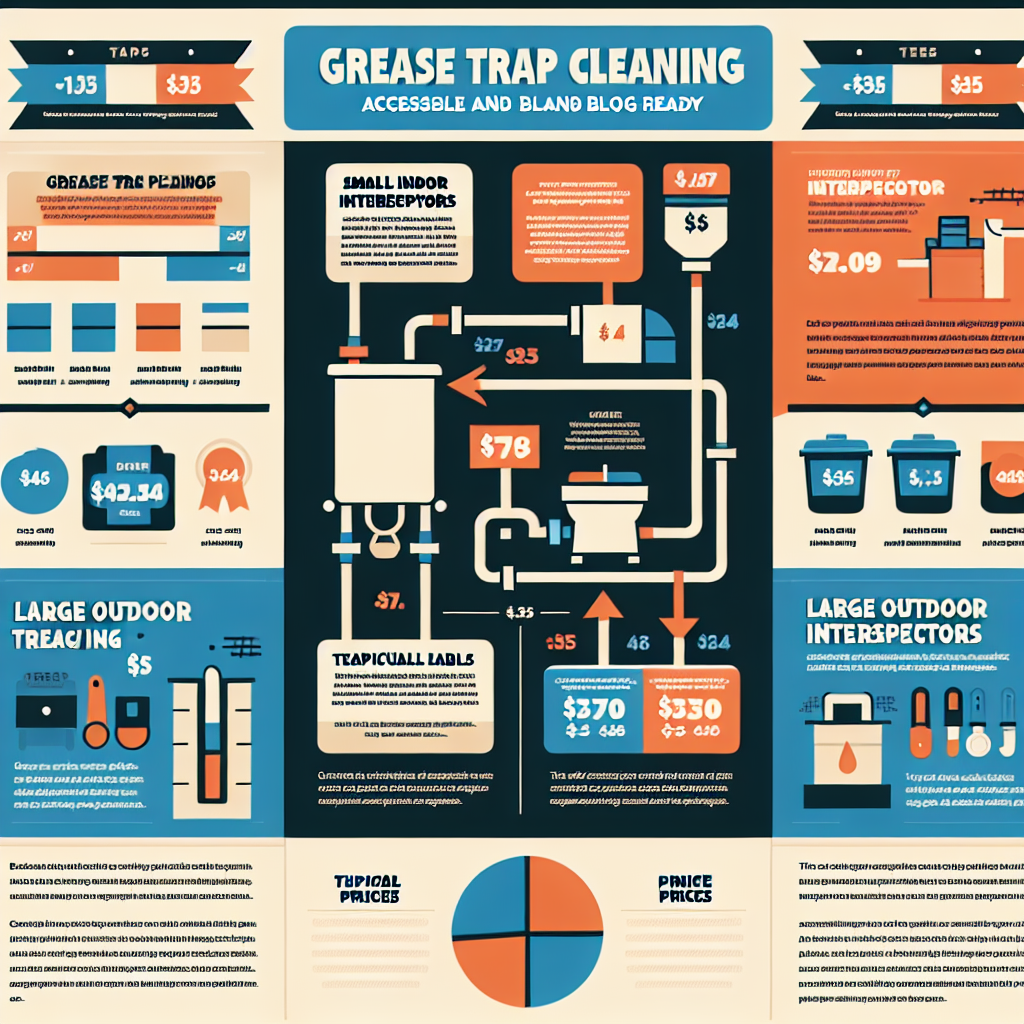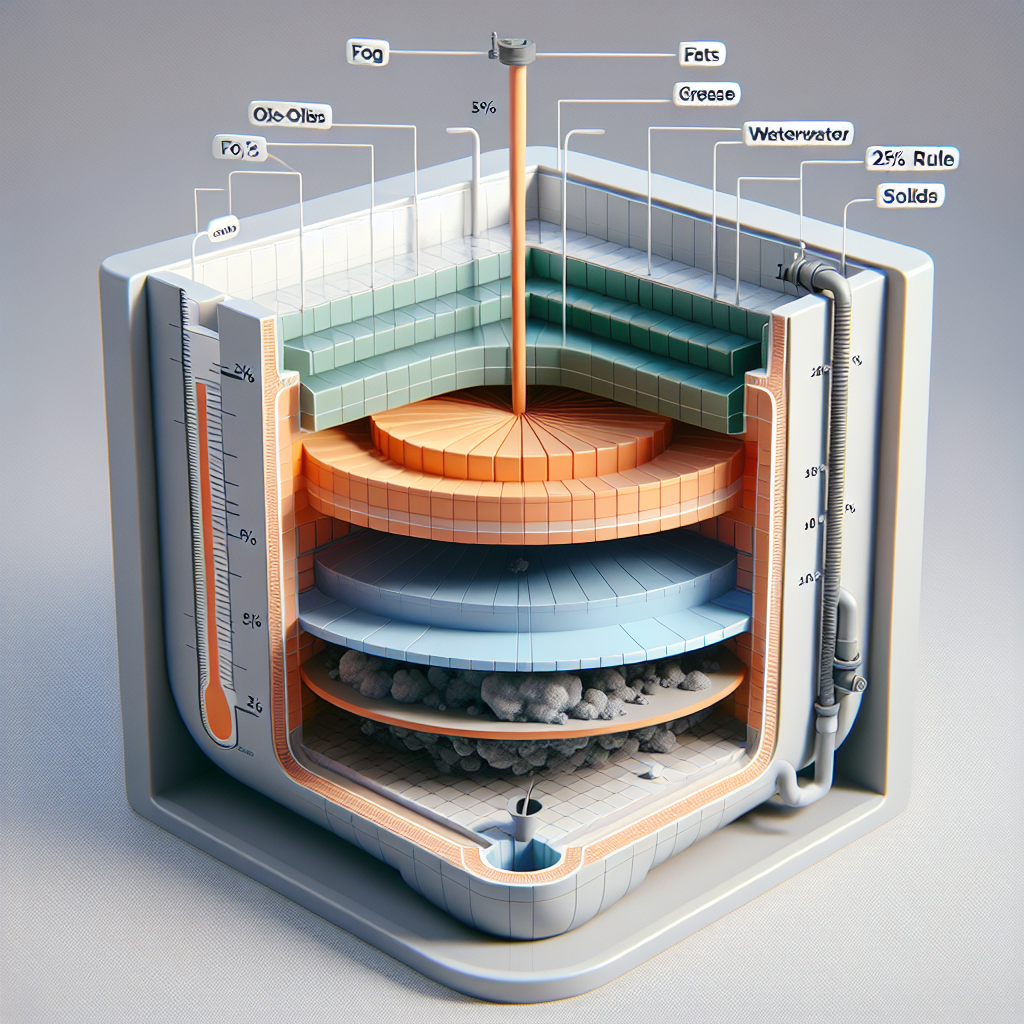Common Grease Trap Problems and How to Fix Them
Complete guide to common grease trap problems and how to fix them for South Florida restaurants.
We Handle Everything For You
We handle all the sourcing, negotiations, and logistics to find you the best grease trap service provider at the cheapest cost in your area.
Common Grease Trap Problems and How to Fix Them
Grease traps are essential for restaurants in South Florida, helping to manage waste and prevent plumbing issues. However, they can encounter several problems that require immediate attention. This guide will explore common grease trap issues, provide troubleshooting steps, and suggest when to call professionals.
Understanding Grease Trap Problems
What Are Grease Traps?
Grease traps, also known as grease interceptors, are devices installed in commercial kitchens to capture fats, oils, and grease (FOG) before they enter the wastewater system. This prevents blockages and ensures compliance with local regulations.
Common Grease Trap Issues
1. Clogged Grease Traps: Often caused by excessive FOG buildup, leading to slow drainage and potential overflows.
2. Foul Odors: Result from decomposing waste within the trap, indicating a need for cleaning.
3. Structural Damage: Can occur due to corrosion or improper installation, affecting trap efficiency.
4. Overflowing Traps: Usually due to infrequent cleaning or incorrect sizing.
Troubleshooting Grease Trap Problems
How to Fix a Clogged Grease Trap
1. Identify the Clog: Check for slow drainage or backups.
2. Manual Cleaning: Remove the trap lid and clear visible debris.
3. Use a Plumber's Snake: For deeper clogs, carefully use a snake to break up blockages.
4. Professional Cleaning: If DIY methods fail, contact a professional service.
Addressing Foul Odors
Repairing Structural Damage
Compliance and Maintenance in South Florida
Miami-Dade County Regulations
Fort Lauderdale Requirements
Boca Raton Guidelines
Cost-Effective Solutions
DIY vs Professional Cleaning
Budgeting for Maintenance
FAQs
How often should you clean a grease trap?
Grease traps should be cleaned at least every 90 days to prevent buildup and comply with local regulations.
What causes grease trap overflow?
Overflow is typically caused by infrequent cleaning, excessive FOG accumulation, or an undersized trap.
How can you prevent grease trap problems?
Regular maintenance, proper FOG disposal, and staff training can prevent most grease trap issues.
Why does my grease trap smell?
Foul odors arise from decomposing waste in the trap, indicating the need for cleaning or ventilation.
How much does grease trap cleaning cost?
Costs vary by location and trap size but generally range from $150 to $500 per service in South Florida.
When should you call a professional for grease trap issues?
Call a professional if you experience persistent clogs, structural damage, or compliance concerns.
Conclusion
Maintaining a grease trap is crucial for the smooth operation of any restaurant in South Florida. Regular cleaning, compliance with local regulations, and timely repairs can prevent most grease trap problems. For complex issues, always consult a professional to ensure your establishment remains operational and compliant.
Call to Action
For expert grease trap services in Miami, Fort Lauderdale, and Boca Raton, contact our team today to schedule a consultation and ensure your kitchen remains compliant and efficient.
External Link
For more information on local regulations, visit the [Miami-Dade County Department of Regulatory and Economic Resources](https://www.miamidade.gov/global/service.page?Mduid_service=ser1471543787088897).
Related Grease Trap Resources



Need Professional Help?
Get expert grease trap services with transparent pricing and same-day availability.
Get Free Quote